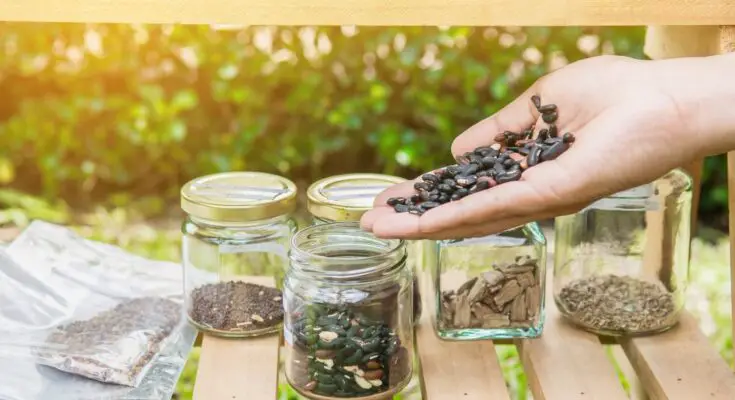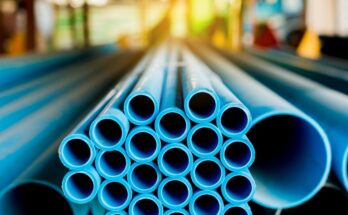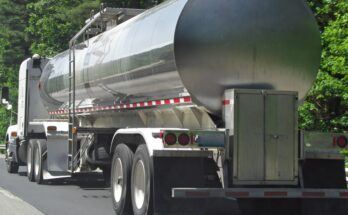In an era marked by rapid environmental changes and growing concerns over food security, the practice of seed saving is a big part of a sustainable lifestyle. This age-old tradition, common among farmers and horticulturists, is not a strategic tool in safeguarding biodiversity and ensuring the survival of countless plant species.
Seed saving not only connects you to an agricultural heritage but also equips you with the means to preserve a diverse genetic pool that supports the health of the planet. Learn why seed saving is critical for plant survival.
The Essence of Seed Saving
Seed saving involves the collection, drying, and storage of seeds from garden plants and crops. This process provides a cost-effective and self-reliant method of gardening while fostering the adaption of plant varieties over time. It also enhances their resilience to local pests, diseases, and climates. By preserving a wide range of plant genetics, seed savers play a crucial role in maintaining biodiversity, which is fundamental for ecological balance and agricultural productivity.
Personal Seed Bank
To successfully build and maintain a personal seed bank, you should focus on several steps that ensure the longevity and viability of the seeds. These include careful seed selection, proper cleaning, optimal storage conditions, and meticulous documentation. Following reliable tips for creating a personal seed bank will help you create a collection that contributes to the conservation of biodiversity.
The Role of Community Seed Libraries and Exchanges
Community seed libraries and seed exchange programs strengthen local food systems and community resilience. By sharing seeds and cultivation knowledge, these initiatives encourage sustainable, inclusive, and adaptive gardening and farming practices. Community-driven initiatives empower participants to reclaim control over their seed supply while promoting sharing and collaboration that enriches local ecosystems and food sources.
Seed Saving and Climate Change Adaptation
Climate change poses significant challenges to global food security, making the conservation of crop diversity more important than ever. Seed saving allows for the cultivation of plant varieties best suited to changing climates, ensuring food production can adapt to extreme weather events, shifting temperature patterns, and emerging pest and disease threats. The importance of the Svalbard Global Seed Vault, known as the “doomsday vault,” represents the need for a safety net in an uncertain future.
Seed saving is critical for plant survival because it transcends agricultural activity. It is a profound exercise in environmental respect for the natural heritage. By actively preserving seed diversity, you can lay the groundwork for a future that honors the symbiosis between humans and the earth. Seed saving enables you to withstand the challenges posed by climate change, ensures food security, and reconnects you with the cycles of nature and the richness of our planet’s biodiversity.



